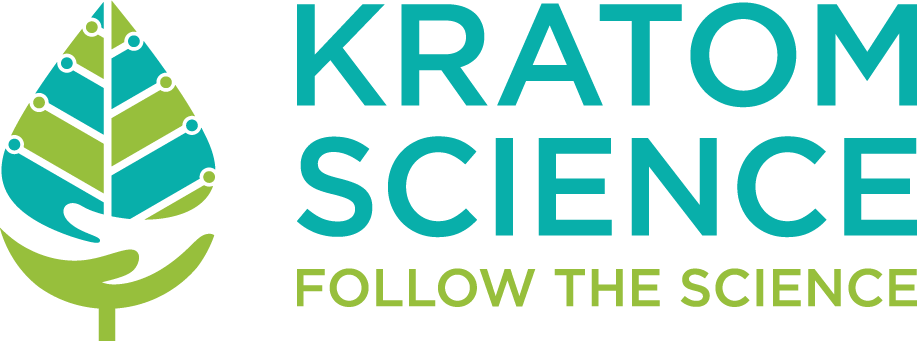The Science Behind Kratom’s Alkaloids
Kratom has been consumed for centuries for its stimulant and analgesic properties. The primary alkaloid in kratom, mitragynine (MG), is widely regarded as its most abundant and active compound. In contrast, 7-hydroxymitragynine (7-HMG) occurs naturally in only trace amounts and is primarily a metabolite of MG. However, recent developments have led to the creation of synthetic 7-HMG products, which contain unnaturally high concentrations of this compound and are marketed as “kratom.”
A recent preclinical study in rats examined the respiratory effects of MG and 7-HMG, comparing them to morphine, a well-known opioid. The findings were striking: while 7-HMG significantly suppressed breathing, similar to morphine, MG unexpectedly increased respiratory frequency. Furthermore, naloxone, an opioid antagonist used to reverse overdoses, effectively counteracted the respiratory depressant effects of 7-HMG but had no impact on MG-induced stimulation.
These findings raise concerns about the opioid-like effects of synthetic 7-HMG products and their potential for respiratory complications. Meanwhile, MG—the most abundant kratom alkaloid—appears to have a safer respiratory profile.
The Growing Concern Over Synthetic 7-HMG
For centuries, kratom has been consumed in its natural leaf form, with relatively few reported adverse effects. However, the emergence of concentrated liquid kratom extracts and synthetic 7-HMG products has introduced new risks. These products, often sold over the counter alongside energy supplements, contain unnaturally high levels of alkaloids, increasing the potential for dependency, drug interactions, and adverse effects.
Experts have long warned that not all kratom products are created equal. In January 2024, a letter published in the journal Addiction urged readers to distinguish between plain leaf kratom and highly concentrated extracts or synthetic 7-HMG products. The letter highlighted historical examples, such as cocaine from the coca shrub and morphine from the opium poppy, emphasizing that while concentrated extracts may provide medical benefits, they also pose significant risks.
At the Fourth International Kratom Symposium in February 2025, Dr. Paula Brown, a member of the Scientific Association for Botanical Education and Research (SABER), reinforced this message. She stated, “Synthetic 7-OH is not kratom—it is a highly potent, unregulated chemical.” Dr. Brown further clarified that kratom should be understood as the biomass—the plant itself—not as a synthetic derivative.
Implications in Europe: Regulatory Challenges and Public Health Risks
While kratom remains widely consumed in the United States, European regulators have struggled to differentiate between natural kratom and synthetic 7-HMG products. The European Kratom Alliance has raised concerns about mislabeling, warning that synthetic 7-HMG products are being marketed as kratom, despite their vastly different chemical compositions and effects.
In some European countries, kratom is strictly regulated or banned, but synthetic 7-HMG products continue to circulate through unregulated markets. Experts argue that mislabeling these products as kratom could lead to unfair regulatory crackdowns on traditional kratom use, despite its historical safety profile. Additionally, researchers warn that high-dose 7-HMG formulations could result in opioid-like physical dependence and addiction, further complicating the regulatory landscape.
The Path Forward: Education and Regulation
As synthetic 7-HMG products continue to blur the lines between kratom and opioids, experts stress the need for clear regulatory distinctions. Legislators must ensure that natural kratom is not unfairly grouped with synthetic derivatives, which pose greater health risks. Meanwhile, public education is crucial to help consumers understand the differences between traditional kratom and synthetic 7-HMG products.
The fight for common sense kratom regulation is far from over, but one thing is clear: not all kratom products are the same. As researchers continue to investigate the long-term effects of these compounds, policymakers must work with experts to protect consumers from misleading marketing and potential health risk while ensuring the kratom market remains regulated.



